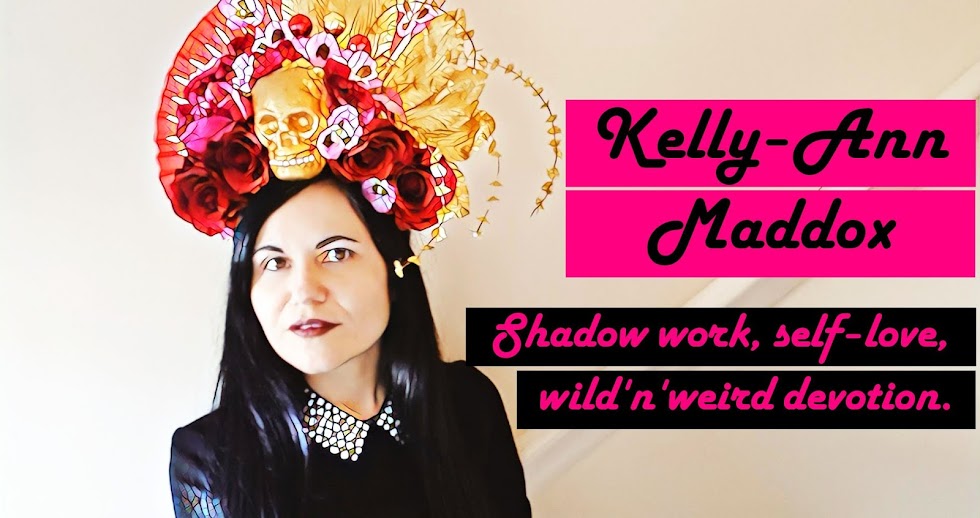'No' is the simple answer. 'Sometimes' is the more convoluted one. But the fact remains that hundreds of Tarot guidebooks support the premise that court cards are representations of figures in the querent's life. Many readers see the appearance of the Queen of Swords as a literal representation of a woman with the characteristics and position portrayed in the card (so, for example, a woman in a position of authority, impulsive, impatient, passionate etc). For a while, after reading a book that supported this theory, I did a few readings using the technique. I'm going to be honest - the results were not great. I recall one reading in particular where absolutely everything else resonated with the querent's situation (in fact at one point she was so moved by my accuracy that she cried). But when I interpreted the Page of Swords as a jealous, disruptive but none-the-less inspirational male in her life she openly admitted that she couldn't connect it to anything. Now, don't get me wrong, just because an element of the reading didn't ring true to the querent doesn't mean it was a failure. It could always be something on the horizon or could provide a lesson for the querent's future. But for me it was just the only false start in an otherwise highly intuitive reading and it seemed to happen whenever I cut the court cards along gender and character lines.
The obvious reason for this is that those definitions are too narrow. They're just not widely applicable enough. Some books that support the court card theory even go as far as to describe the age and looks of those represented by court cards, for example:
King of Swords: man over 40, dark hair and eyes
The descriptions offered are usually pretty narrow in themselves as there are plenty of people who don't look a thing like anyone in the Rider Waite deck, for example, where everyone is conventionally attractive, average weight and height and, most tellingly of all, Caucasian. (I love the Rider Waite deck but even I will admit it has its faults.)
The main way in which I feel the traditional court card theory fails is in its application of certain characteristics to a certain gender. For example, I think it's a shame that the traditional technique means that the Queen of Cups couldn't represent a man. I mean, why not? Why should the gender of the figures in the picture be the whole story? (There's a similar issue with cards like The Empress - I never used to think it was a card that could represent a male querent's issues but that was short-sighted indeed!) Dividing the cards according to gender, age or any other physical differences surely does the court cards a grave disservice. It's a technique I definitely don't recommend and won't ever use again. If I feel that a court card is representative of an individual, that's fine on a case-by-case basis, but as soon as it becomes law it becomes the reader's downfall.
